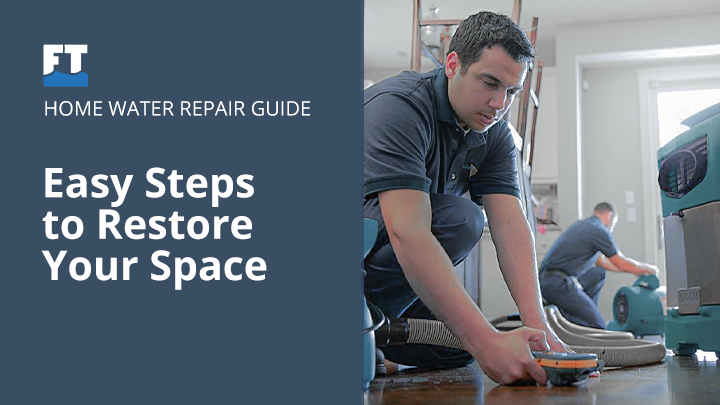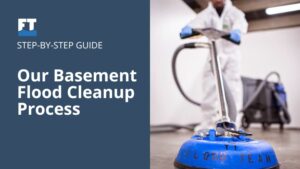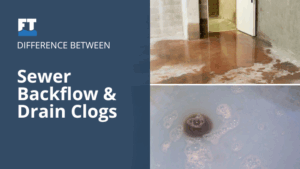Residential water damage can strike when you least expect it—whether from a broken pipe, a sudden storm, or flooding. It’s frustrating, but don’t panic. Acting fast is your best defense against bigger problems like mold, rotting materials, or expensive repairs. The sooner you start, the better you can protect your home.
In this residential water damage repair guide, we’ll break down exactly what you need to do to tackle the damage. By following these simple steps, you can get your home back to normal without the stress.
Step 1: Assess the Damage
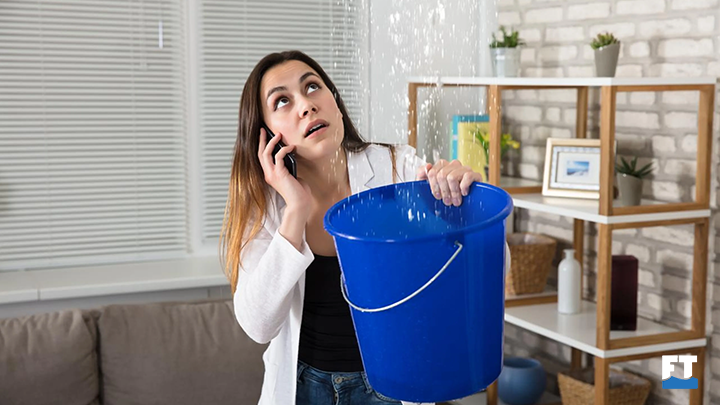
The first thing you need to do is assess the signs of water damage. Walk through your home and look for areas where water has pooled or soaked into materials like walls, carpets, and furniture. Check for discoloration, swelling, or warping.
Identify the type of water:
- Clean Water: From broken pipes or clean sources.
- Grey Water: From appliances like dishwashers or washing machines.
- Black Water: Contaminated water from sewage or flooding.
Understanding the type of water helps you decide on the best cleaning and restoration process.
Step 2: Shut Off the Water Source
Once you’ve assessed the damage, turn off the water supply to prevent further flooding. If the leak is from a broken pipe, you’ll need to locate and shut off the main water valve. If the leak is extensive, contact a plumber for assistance.
Stopping the water will prevent further damage and allow you to move to the next step.
Step 3: Water Extraction
Next, you need to remove any standing water. Use pumps, wet vacuums, or mops to get rid of the water. If there’s a lot of water, hiring a professional water damage restoration company may be your best option, as they have the proper equipment to handle large amounts of water quickly and safely.
Removing the water quickly reduces the chances of long-term damage.
Step 4: Drying and Dehumidification
After extracting the water, it’s time to dry the area thoroughly. Use air movers and dehumidifiers to dry out the floors, walls, and furniture. Make sure the area is well-ventilated and allow the drying equipment to run for several days to ensure everything i s completely dry.
Proper drying is key to preventing mold growth and structural damage.
Step 5: Cleaning and Sanitizing
Water can bring in dirt, bacteria, and other contaminants, so it’s crucial to clean and sanitize the affected areas. Depending on the water type, use the appropriate cleaning solutions to disinfect surfaces, walls, and floors.
If the water was contaminated (such as black water), professional cleaning services might be necessary to ensure your home is safe.
Step 6: Mold Remediation
Mold can start growing as soon as 24 hours after water damage if the area isn’t properly dried. If you spot mold or mildew, it’s important to act immediately. Professional mold remediation service will safely remove mold and prevent it from spreading.
Mold can cause serious health problems, so this step is essential for both safety and comfort.
Step 7: Structural Repairs
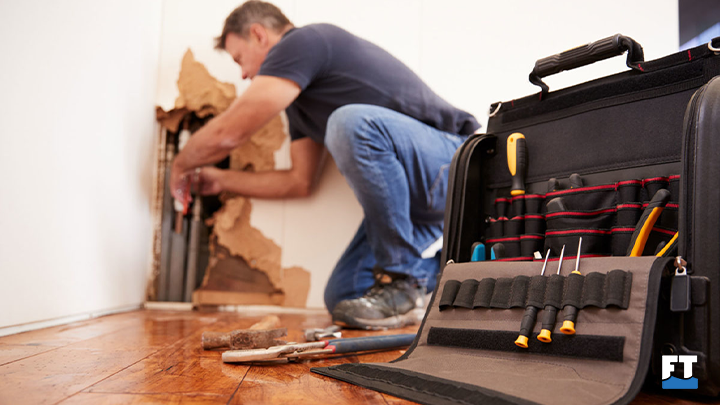
Once the water has been removed, dried, and cleaned, you’ll need to check for structural damage. This includes inspecting drywall, flooring, insulation, and other building materials. If any structural elements are compromised, they should be repaired or replaced to ensure the integrity of your home.
Professional contractors can help with repairs to ensure everything is restored properly.
Step 8: Final Inspection
After completing the repairs and restoration work, a final inspection ensures everything is back to normal. If you’ve hired a professional restoration company, they will conduct this inspection and confirm that all repairs and cleaning are done properly.
This step ensures your home is safe, dry, and free from mold and damage.
Step 9: Prevention Tips
To reduce the risk of future water damage, make sure to regularly check your plumbing, roof, and drainage systems. Install sump pumps and waterproofing in basements or flood-prone areas. Keep gutters clean and clear to direct water away from your home’s foundation.
Taking these measures will help safeguard your home and prevent future water damage.
Residential Water Damage Repair Starts with The Flood Team
If your home has suffered water damage, don’t wait! Reach out to The Flood Team now for expert assessment and restoration services. The quicker you act, the better you can prevent further damage and costly repairs.
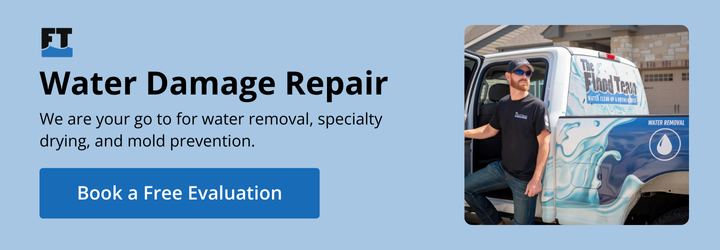
Final Thoughts
Water damage is never a fun experience, but with the right steps, you can restore your home to its original condition. Acting quickly and following these steps can help you minimize damage, prevent mold, and get your life back on track. Whether you’re tackling the repairs yourself or hiring an expert residential water damage repair, understanding the process gives you the knowledge to handle the situation effectively.
FAQs
How quickly should I respond to water damage?
The sooner, the better. Responding within 24 to 48 hours will help reduce the extent of the damage and prevent mold growth.
Can I clean up the water damage myself?
It depends on the severity. Small leaks and spills are manageable, but for significant flooding or contaminated water, it’s best to call professionals.
How long does the water damage repair process take?
It can take anywhere from a few days to a few weeks, depending on the size of the damage and the repairs needed.
Does insurance cover water damage repairs?
Most homeowners’ insurance policies cover water damage from unexpected sources like broken pipes or storms, but flooding may require separate coverage.
How can I prevent mold growth after water damage?
Dry the area completely, keep the humidity level low with dehumidifiers, and ensure good ventilation to prevent mold from forming.

